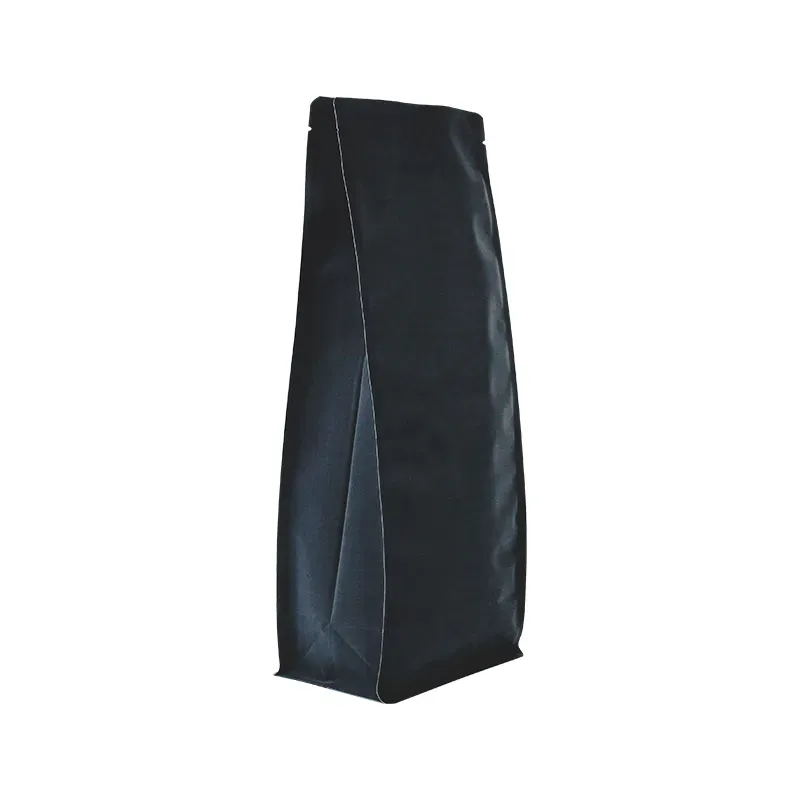- Afrikaans
- Albanian
- Amharic
- Arabic
- Armenian
- Azerbaijani
- Basque
- Belarusian
- Bengali
- Bosnian
- Bulgarian
- Catalan
- Cebuano
- chinese_simplified
- chinese_traditional
- Corsican
- Croatian
- Czech
- Danish
- Dutch
- English
- Esperanto
- Estonian
- Finnish
- French
- Frisian
- Galician
- Georgian
- German
- Greek
- Gujarati
- haitian_creole
- hausa
- hawaiian
- Hebrew
- Hindi
- Miao
- Hungarian
- Icelandic
- igbo
- Indonesian
- irish
- Italian
- Japanese
- Javanese
- Kannada
- kazakh
- Khmer
- Rwandese
- Korean
- Kurdish
- Kyrgyz
- Lao
- Latin
- Latvian
- Lithuanian
- Luxembourgish
- Macedonian
- Malgashi
- Malay
- Malayalam
- Maltese
- Maori
- Marathi
- Mongolian
- Myanmar
- Nepali
- Norwegian
- Norwegian
- Occitan
- Pashto
- Persian
- Polish
- Portuguese
- Punjabi
- Romanian
- Russian
- Samoan
- scottish-gaelic
- Serbian
- Sesotho
- Shona
- Sindhi
- Sinhala
- Slovak
- Slovenian
- Somali
- Spanish
- Sundanese
- Swahili
- Swedish
- Tagalog
- Tajik
- Tamil
- Tatar
- Telugu
- Thai
- Turkish
- Turkmen
- Ukrainian
- Urdu
- Uighur
- Uzbek
- Vietnamese
- Welsh
- Bantu
- Yiddish
- Yoruba
- Zulu
Creating a Modern Logo Inspired by Boxes Design Elements for Branding
The Evolution and Impact of Boxes Logo Design
In today’s fast-paced digital landscape, the importance of branding and visual identity cannot be overstated. Among the myriad of branding elements, logos play a crucial role in representing a company’s values, mission, and style. One particularly interesting design concept is that of the “boxes logo,” which utilizes geometric shapes and minimalistic designs to convey complex messages in a simplified manner. This article will explore the evolution, significance, and impact of boxes logos in modern branding.
The Emergence of Box-Inspired Designs
The use of box shapes in logo design can be traced back to the rise of modernism in the early 20th century. As artists and designers began to embrace minimalism, geometric shapes like squares and rectangles became popular due to their clean lines and straightforward aesthetics. The Bauhaus movement, which emphasized functionality and simplicity, also inspired many designers to incorporate boxy elements into their works.
With the emergence of digital design in the late 20th century, the versatility of box shapes became even more prominent. Digital tools allowed designers to experiment with these shapes, combining them with vibrant colors, gradients, and textures. As a result, boxes logos became a popular choice for tech companies, startups, and even traditional businesses seeking to modernize their image.
Characteristics of Box Logos
Boxes logos can be characterized by their clean geometric forms, which often symbolize stability, reliability, and efficiency. These shapes are not only visually appealing but also functional; they can easily fit into various marketing materials, from business cards to website headers. Moreover, the simplicity of box designs tends to make these logos easily recognizable. This is crucial in an era where consumers are bombarded with countless logos and brand identities.
A well-designed boxes logo often incorporates clever design elements. For instance, some logos may feature overlapping boxes, creating the illusion of depth or movement. Others may use negative space creatively, allowing the design to tell a story or convey a message in a subtle manner. The versatility of boxes logos means that they can be adapted to suit different industries and target audiences.
boxes logo

The Psychological Impact of Boxes
The psychology behind shapes in design plays a critical role in how consumers perceive brands. Boxes, representing order and structure, evoke feelings of trust and security. For example, businesses in finance, technology, and healthcare often opt for box designs in their logos to communicate professionalism and reliability. On the other hand, more playful brands may use boxes in unconventional colors or arrangements to convey creativity and innovation.
Furthermore, boxes logos can transcend cultural boundaries. The simplicity of geometric shapes makes them universally understandable, allowing brands to connect with a global audience. This characteristic is particularly beneficial for companies looking to expand into international markets, as a well-designed logo can foster a sense of familiarity and trust among diverse consumer bases.
Case Studies Successful Boxes Logos
Several successful brands have effectively utilized boxes in their logos. Take, for example, the logo for the tech giant, Microsoft. Its logo features four colored squares, symbolizing diversity and innovation, while also maintaining a sense of structure. Similarly, the logo for Dropbox, a cloud storage service, cleverly incorporates a box motif that signifies storage, efficiency, and accessibility.
Another notable example is the branding of the e-commerce platform, eBay. The company’s logo features bold, colorful letters within a box-like frame, conveying a sense of fun and approachability, while still offering the structure that consumers look for in an online marketplace. These examples illustrate how boxes logos can be designed to fit a brand's identity while maintaining visual appeal.
Conclusion
In conclusion, boxes logos represent a dynamic and versatile element of modern branding. Their evolution from minimalist art to influential design tools illustrates the ongoing interplay between aesthetics and functionality in logo design. As companies continue to seek ways to differentiate themselves in a crowded market, the strategic use of box-inspired logos will undoubtedly remain a popular choice. Their ability to convey messages of stability, trust, and innovation ensures that boxes logos will continue to play a vital role in the visual identity of brands for years to come. As we move into a future where branding becomes even more essential, the humble box may just prove to be one of the most powerful shapes in the designer's toolkit.













